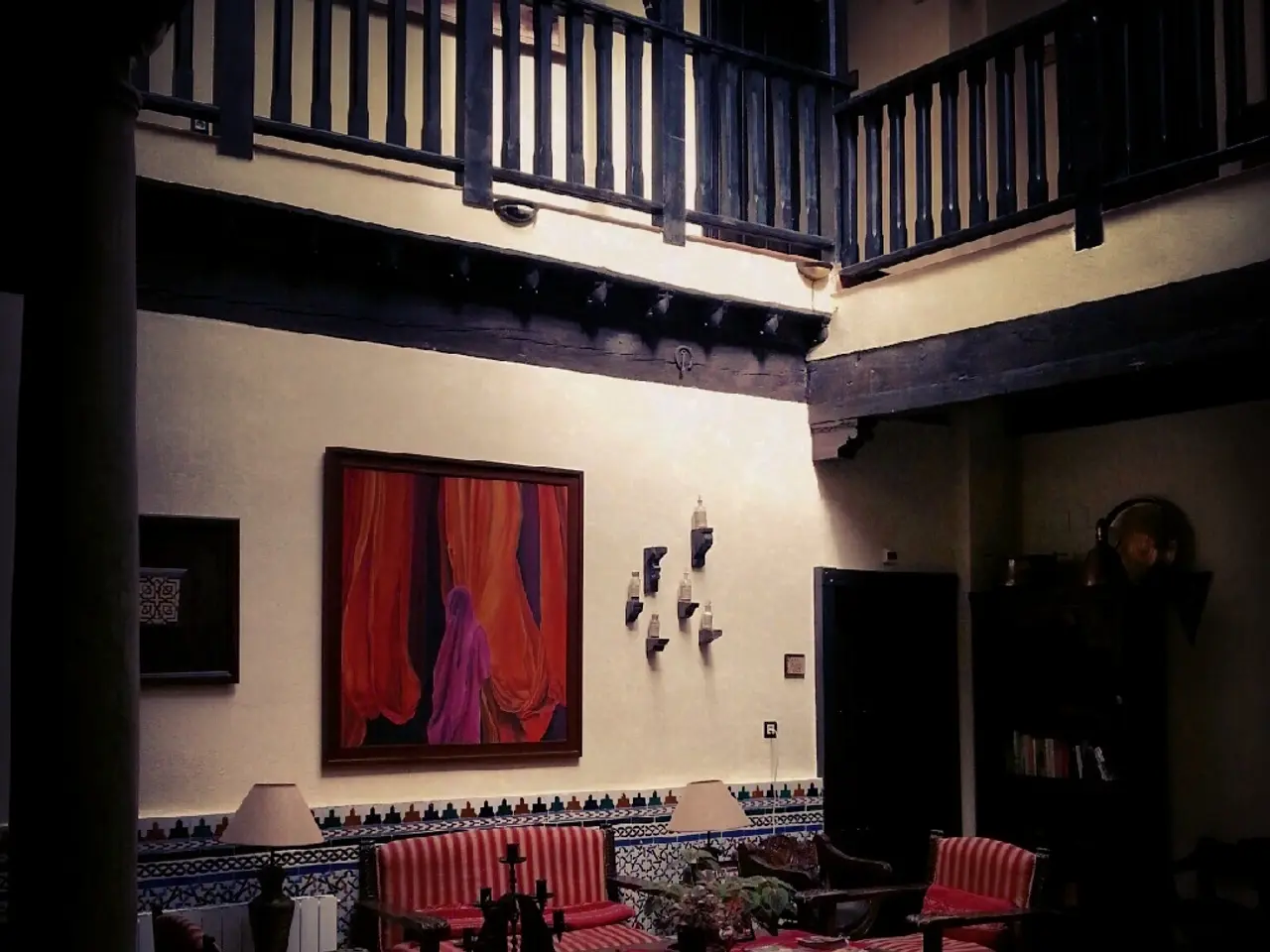DIY Venture: Retro Wardrobe from the 70's
=====================================================================
In this article, we'll guide you through the process of refurbishing a 1970's cabinet into a charming and functional armoire, perfect for a little girl's bedroom.
The DIY Process
The transformation typically involves several steps: cleaning or stripping the old finish, repairing any structural or hardware elements, sanding to prepare for paint or stain, applying fresh paint or stain, and updating the hardware for a modern look. Additionally, customising interiors with shelving or soft-close hinges can enhance both function and style.
Key Supplies
Some essential supplies include sandpaper or a sander, primer, your preferred paint or stain, brushes or sprayers, wood filler (if needed), new hardware (knobs, handles, hinges), and tools for disassembly and reassembly. For those seeking a budget-friendly approach, laminate or wood can be added for decorative tops or interior sections.
Step-by-Step Guide
- Clean & Prep: Remove doors and hardware, then clean the surface thoroughly.
- Repair: Fix any damage with wood filler, and tighten or replace hinges if necessary.
- Sand: Sand the entire piece to remove the old finish and ensure paint adhesion.
- Prime & Paint/Stain: Apply primer if painting, then paint or stain as desired.
- Hardware Update: Install new or refurbished hardware for a modern look.
- Interior Customisation: Add shelves, rods, or inserts to improve usability. Opt for soft-close hinges or laminate tops for a touch of sophistication and added function.
Inspiration and Budget-Friendly Approaches
For inspiration, check out videos and guides that show beginners transforming vintage wardrobes with minimal skills by upcycling and painting. You can also find creative ideas for stylish storage solutions from armoires, such as turning them into liquor cabinets or other unique pieces. Repurposing a vintage armoire into other furniture types, like a china cabinet, is another option that showcases flexibility in function while preserving vintage elements.
The Chosen Piece
Our focus is on a standalone piece of furniture with charm and character, which resembles an armoire from the 70s. In this case, we sourced the hardware from a salvage yard and opted for Annie Sloan chalk paint as our preferred finish. Unfortunately, a homemade chalk paint recipe was attempted initially, but the result was not satisfactory. Instead, we applied a base layer of homemade chalk paint before applying the more expensive paint as a finish coat.
The Refurbished Armoire
After applying two coats of Polycrylic to seal the paint, the refurbished armoire now serves as the perfect addition to our little girl's bedroom. The new hardware, including heavy brass handles, adds a touch of modernity while preserving the vintage charm of the piece. We also plan to paint the armoire and possibly wallpaper the inside of the doors to add a personal touch.
Affiliate Links
This article is part of the Amazon Associates program and other affiliate programs, which means we provide links for qualifying purchases, including paint brushes, handles, drawer knobs, sealer/finish, and a hanging rack. By clicking on these links, you can support our work at no extra cost to you.
Disclaimer
Privacy policy and disclaimers for this website are available for more information.
In the quest for a sustainable home-and-garden makeover, upcycling a vintage armoire can transform it into a stylish and functional piece that aligns with a lifestyle focused on sustainability. By following the step-by-step guide provided in this article and using eco-friendly supplies like Annie Sloan chalk paint, you can breathe new life into a 1970's armoire, enhancing both its functionality and its aesthetic appeal while demonstrating a commitment to sustainability in your home-and-garden lifestyle.





